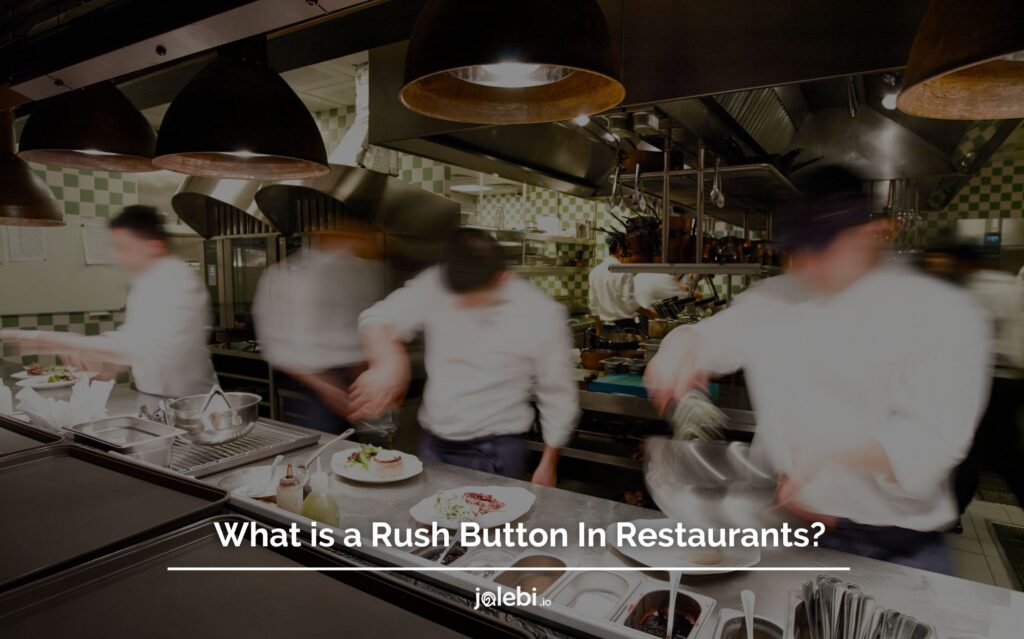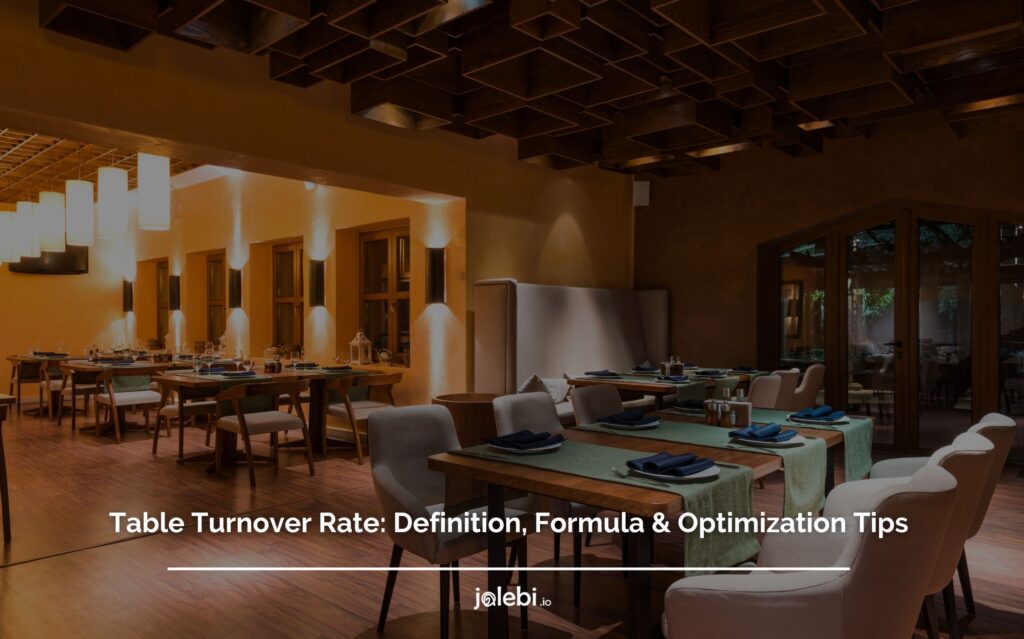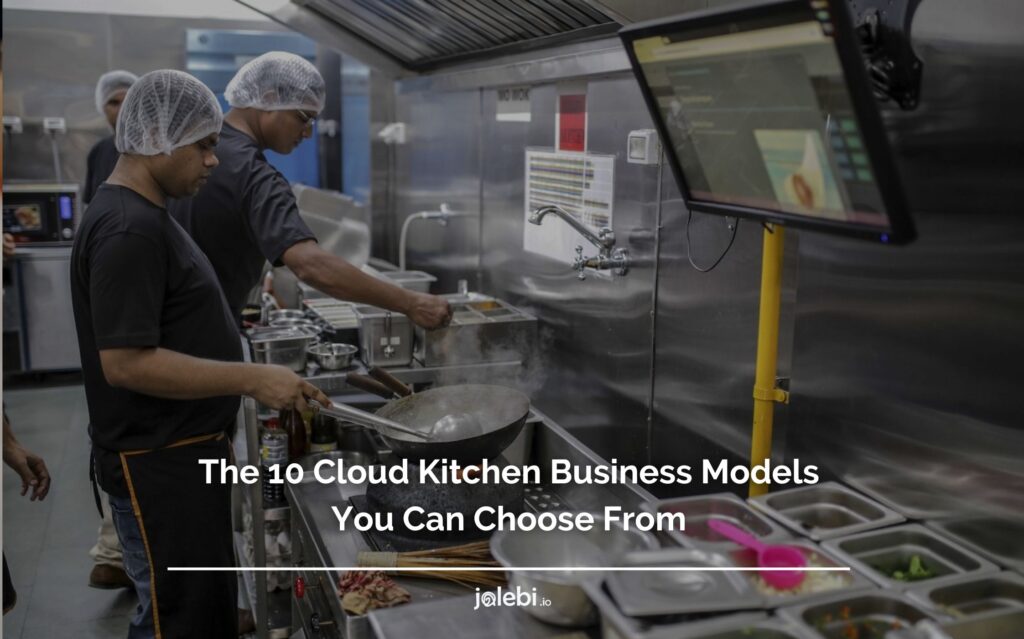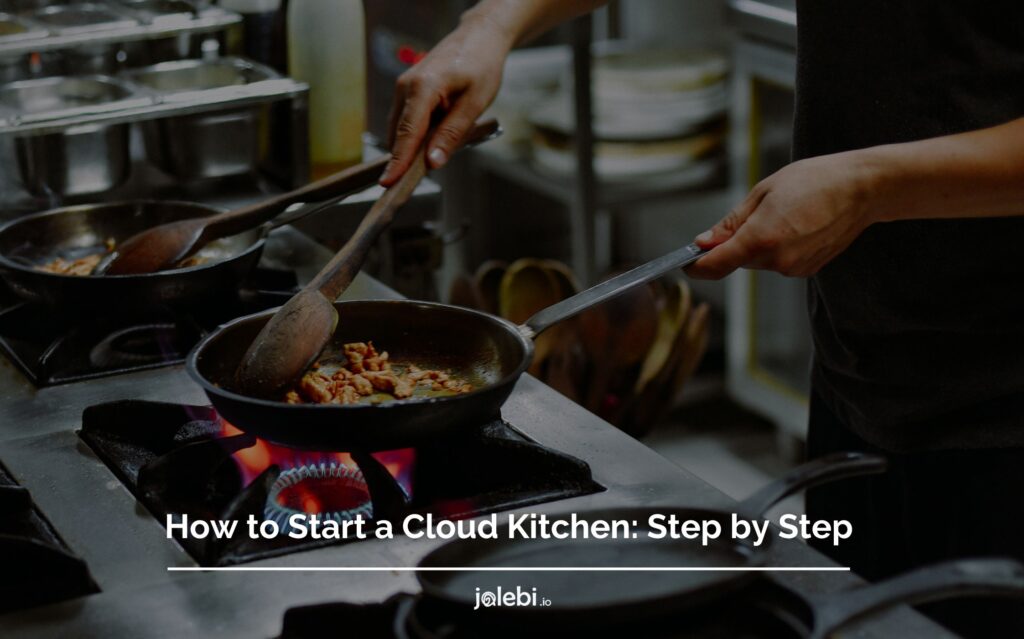Table of Contents
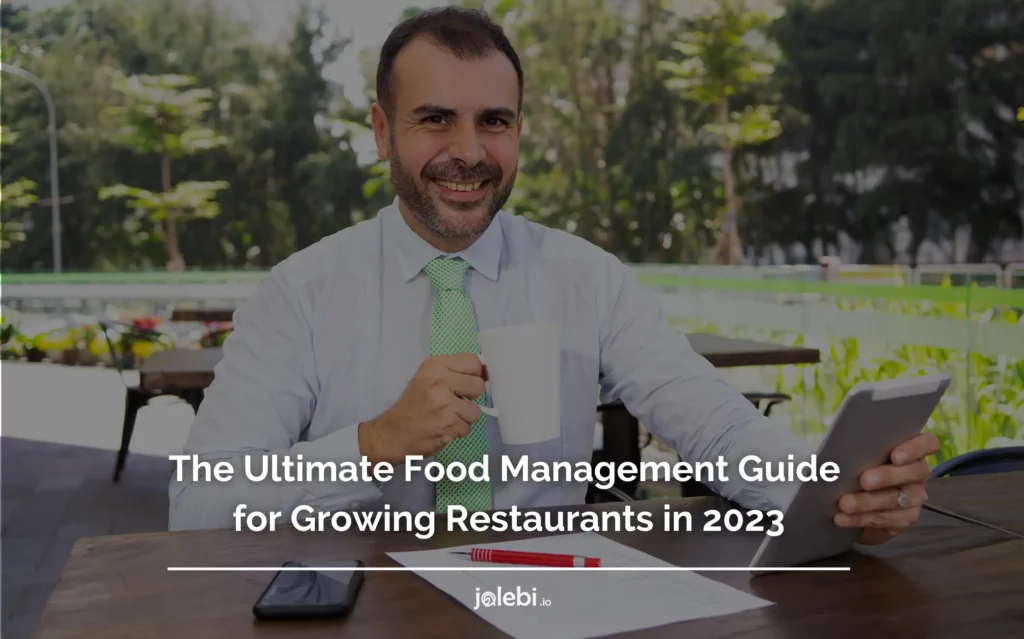
Food management is crucial to run a restaurant successfully. There are many moving parts to a restaurant, and the food is one of the most important. Good food management is especially important in a fast-paced environment like a restaurant.
There needs to be a food management system in place for tracking orders, prepping ingredients, cooking dishes, and plating meals. Without this system, it would be very easy for things to get lost or mixed up. This can lead to unhappy customers and even health hazards if someone were to eat something that they’re allergic to.
If you’re looking to scale your restaurant’s operations, then this blog post is for you. We’ll share the ultimate food management guide to help you streamline your processes and improve efficiency. From food storage and inventory tracking to insightful reporting, we’ll cover everything you need to know to get started with the ultimate food management.
What is Food Management?
It’s is the process of planning, preparing, and controlling the procurement, handling, and storage of food. It includes all activities from farm to table, including food production, processing, distribution, and consumption.
The food service industry is one of the most competitive businesses in the world. To be successful, you need to have a well-run operation with a focus on quality and customer satisfaction. A big part of achieving this is having a good ultimate food management system in place.
An ultimate food management system is a comprehensive approach to managing all aspects of your restaurant’s food operations. It includes everything from procurement and inventory management to menu planning and execution. By incorporating an ultimate food management system and practices, restaurants can boost their growth and profitability.
The Goal of Food Management?
45% of diners go out to eat on a weekly basis, while another 20% choose to eat out at least once a week. Therefore, food management at restaurants is essential to keeping customers happy and coming back.
The goal of food management is to ensure that food is fresh, tasty, and served in a timely manner. This can be achieved through food management optimization, careful planning and execution, as well as maintaining high standards of cleanliness and safety.
By meeting these goals, restaurants can keep their customers satisfied and coming back for more.
The Ultimate Guide to Food Management- Best Practices for Restaurants
As a restaurant owner, you know that food management is a critical part of keeping your business running smoothly. From ordering and stocking supplies to preparing and serving meals, there are a lot of moving parts to consider. And as your business grows, the challenges of food management can become even more complex.
That’s why we’ve put together this ultimate food management guide to help restaurants implement food management best practices. Whether you’re just starting out or looking to scale your growth, these tips will help you streamline your operations and keep your customers happy.
1- Implement the FIFO Method
Around $1.3 billion tonnes of food is wasted or lost every year. To prevent this from happening, restaurants should opt for the FIFO inventory method. FIFO, or first in first out, is an inventory method in which the first items to arrive are also the first to be used. It is one of the food management best practices.
This system is especially effective in preventing food waste and facilitating food management optimization, as it ensures that older items are used before they have a chance to go bad. By implementing the FIFO method, restaurants can significantly reduce their food waste and save money on groceries.
At jalebi’s restaurant management platform, we follow the FIFO method to store restaurant inventory which prevents food wastage in the long run. This simply means that we keep track of the first items that come in and ensure that they are used before any newer items. It is especially important for perishable goods, as it helps to prevent them from going bad before they can be used.
2- Track Inventory in Real-Time
Another tip is to use a software program specifically designed for tracking food inventory. This type of program will allow you to keep track of how much of each item you have on hand, as well as when it was last ordered and used. It can be a great way to ensure that you always have the ingredients that you need on hand and that your food is fresh and safe to eat.
As a result, 72% of businesses aim to opt for a real-time inventory management system to increase their food visibility. jalebi’s platform helps restaurants keep track of their inventory in real-time, by syncing recipes and menus with real-time consumption. This ensures that restaurants always have the ingredients they need on hand, and can avoid running out of popular items.
3- Visualize Sales Data
Sales data is essential for effective food management in restaurants. By visualizing sales data, restaurant managers can see patterns and trends that can help them make informed decisions about food ordering and preparation.
Additionally, visualizing sales data can help restaurants track their progress towards meeting food cost and waste reduction goals. When used effectively, such data can be a powerful tool for improving restaurant efficiency and profitability.
Sifting through all of the sales data can be a real hassle. That’s where jalebi comes in. It allows restaurants to visualize their sales data and streamline the decision-making process.
With jalebi, you can easily see which dishes are selling well, which ones need some work, and where your overall sales are trending. This streamlines the decision-making processes and enables restaurants to manage food effectively.
4- Keep a Universal Menu
As the world becomes increasingly interconnected, it is important for restaurants to have a universal menu for better food management. This will keep their operations in sync and allow them to better serve their customers.
92% of people go through restaurant reviews before visiting a restaurant in person. Therefore it is essential to provide top-notch customer service. A universal menu allows customers to easily find the dishes they want, no matter where they are in the world which boosts customer satisfaction.
It also ensures that all employees are familiar with the restaurant’s offerings, making it easier to provide excellent customer service. Finally, it can help streamline food ordering and preparation, saving time and money.
Given all of these benefits, it is clear that restaurants should keep a universal menu. At jalebi, we enable restaurants to synchronize their menus all over the world to have a single source of truth everywhere.
5- Leverage Insightful Food Reporting
As the restaurant industry becomes increasingly competitive, restaurants are looking for ways to cut costs and increase efficiency through effective food management. One way to do this is by utilizing food reporting.
Food reporting is a system that tracks the food that is coming into a restaurant and how it is being used. This information can be used to help managers make better decisions about what food to order, how to store it, and how much of it to prepare.
jalebi provides users with insightful reporting to measure the true cost of food. This includes features like recipe costing, ingredient usage tracking, and waste analysis. With this information at your fingertips, you can make more informed decisions about what to serve, how to price dishes, and where to source ingredients.
6- Streamline Supply Chain Management
In today’s competitive restaurant landscape, effective food management is critical to success. One key area that restaurants need to focus on is streamlining their supply chain management processes.
An efficient supply chain can help reduce food waste, lower costs and improve overall quality control. By working closely with suppliers and carefully tracking inventory, restaurants can ensure that they are getting the freshest ingredients at the best prices. Streamlining the supply chain can be a complex undertaking, but it is well worth the effort
Simplify Food Management With jalebi
If you’re looking for an effective food management system, jalebi is the answer. It is a cloud-based software that helps restaurants manage their food more efficiently. Our restaurant management platform streamlines your food management and helps you scale your restaurant’s growth.
With jalebi, you can manage your inventory, track your sales and customers, and streamline your operations. We provide all the tools you need to succeed, and our support team is always available to help you troubleshoot and grow your business.
As restaurants can keep track of their inventory, recipes, and menu items in one central location, it simplifies food management for restaurants and reduces the risk of errors or lost information.
jalebi’s Features
- Sales data visualization
- Real-time inventory tracking
- Synchronized menus and recipes
- Insightful reporting
- Menu and inventory integration
- Universal menu
Final Thoughts
Food management is one of the most crucial aspects of running a restaurant. So contact us today to learn more about how we can help you take your food management to the next level and help you reach your goals.




